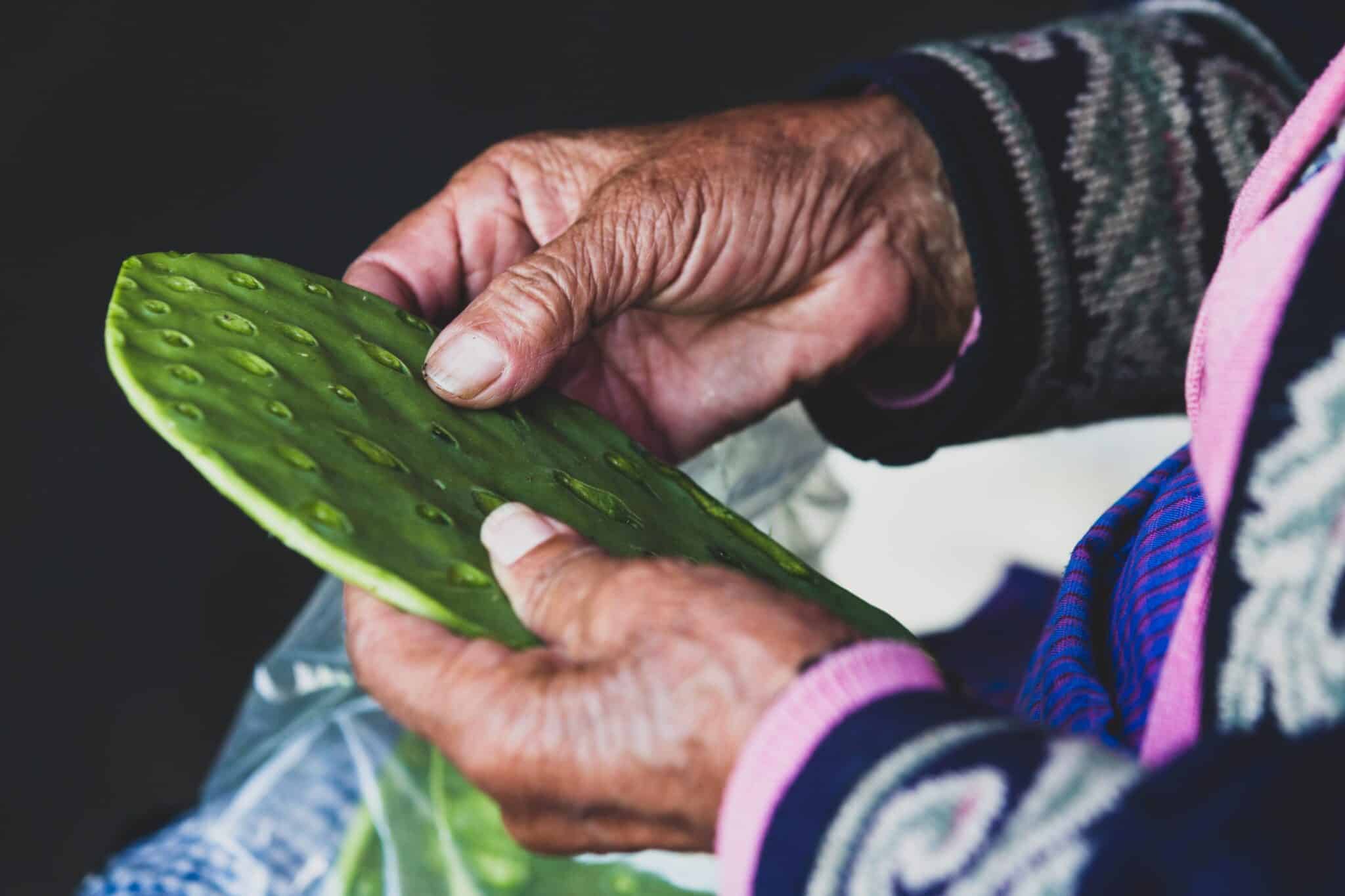
Indigenous Languages Are Going Extinct and Taking Knowledge of Medicinal Plants With Them

Indigenous communities contain vast amounts of sophisticated knowledge about the plants surrounding them and the functions that those plants serve. This could be everything from how chewing a certain root can cure indigestion to how a berry can ward off chest congestion.
The majority of that ancient medical repertoire is contained solely in the languages of indigenous peoples. These cultures primarily transmit information orally, generation-to-generation, so if and when these languages die out, the unique knowledge they contain could also be lost forever.
For example, in the Madre de Dios region of the Peruvian Amazon Rainforest, a locally renowned Esa Eja Shaman, Don Ignacio, had been using traditional medicine from the jungle to treat and heal the local indigenous community for decades. Recently, the Infierno community of Tambopata compiled a book of this elder’s knowledge about indigenous medicine and plants, conservation photographer Mohsin Kasmi reported on his Instagram. Shortly after the book’s completion, the healer succumbed to COVID-19 at the age of 92. If not for that book, a tangible record of Don Ignacio’s irreplaceable knowledge, it likely would have been lost with him.
“[L]anguage allows indigenous societies to use the biodiversity that surrounds them as a ‘living pharmacy’ and to describe the medicinal properties of plants,” a University of Zurich press release explained. A new study by researchers from the university found that each indigenous language provides “unique insights” into the medicinal applications of plants. The study, published in PNAS, also set out to quantify to what degree indigenous knowledge of medicinal plants is associated with individual languages and how much indigenous knowledge may vanish as languages and plants go extinct, the study abstract explained.
“Here, we find that most medicinal knowledge is linguistically unique — i.e., known by a single language — and more strongly associated with threatened languages than with threatened plants,” the study’s authors, Rodrigo Cámara-Leret and Jordi Bascompte, wrote. “Each indigenous language is, therefore, a unique reservoir of medicinal knowledge — a Rosetta stone for unraveling and conserving nature’s contributions to people.”
The UN predicts that more than 30 percent of the world’s 7,400 languages will disappear by 2100, The Guardian reported. More than 1,900 of the languages spoken today have fewer than 10,000 speakers, the news report continued.
Additionally, multiple crises continue to threaten the existence of indigenous peoples and cultures around the world — including the climate crisis, coronavirus, deforestation and the loss of traditional lands for development. In some populations, many of the speakers are aging, and real concerns about linguistic longevity after them are surfacing, The Guardian reported.
The research team focused on three regions with high “biocultural diversity,” the study noted. The researchers surveyed 12,495 medicinal plant services in total and found that 75 percent of them are “linguistically unique,” meaning they are only known to one language. The knowledge about how to use these plants as medicine is preserved in just one language within one culture, and it is precisely those cultures and those peoples that are most threatened, Bascompte told Swiss Info.
“This is a tragedy because there’s no way to ‘recover’ these languages once they have disappeared,” Bascompte warned, Swiss Info reported
Cámara-Leret predicted that the loss of this irreplaceable medical knowledge will be “even more critical to the extinction of medicinal knowledge” than the loss of the actual plants themselves, the university press release said. This is because “whereas most plant species associated with linguistically unique knowledge are not threatened, most languages that report linguistically unique knowledge are,” the researchers found.
The areas with languages most at risk are northwest Amazonia, where 100 percent of unique medical knowledge was supported by threatened languages, in North America, where it is 86 percent and in New Guinea, where 31 percent of languages are at risk. If the indigenous languages in those areas become extinct, the medicinal expertise contained within them likely will too.
Traditional knowledge of medicines made of natural elements could be at risk due to indigenous language loss. Daniel Lloyd Blunk-Fernández / Unsplash
Cámara-Leret told The Guardian that the impact of language extinction on the loss of ecological knowledge is often overlooked. The biologist noted that while “much of the focus looks at biodiversity extinction… there is a whole other picture out there which is the loss of cultural diversity.”
The study coincides with the United Nations proclamation of the next 10 years as the International Decade of Indigenous Languages (2022 – 2032) to raise global awareness of the critically endangered status of many indigenous languages.
“The next steps, in line with the vision of the UN, will require mobilizing resources for the preservation, revitalization and promotion of these threatened languages,” Bascompte said in the university press release. The ecologist also recommended that communities begin to document endangered medicinal knowledge into more tangible records.
According to Swiss Info, Bascompte said, “The most important thing is to recognize the beauty and value of the diversity of languages, to let human beings speak their mother tongue and to document the languages that are threatened with extinction.”

 233k
233k  41k
41k  Subscribe
Subscribe 
